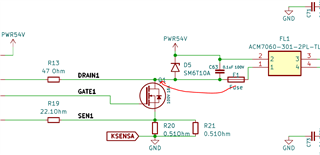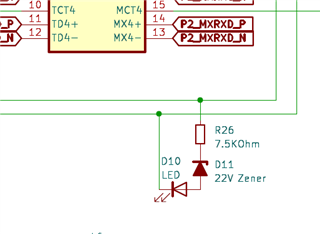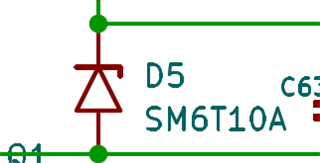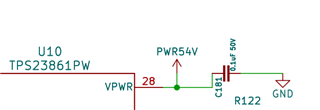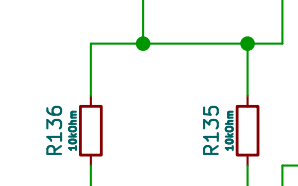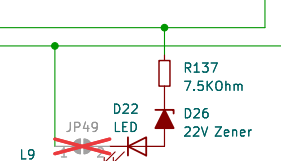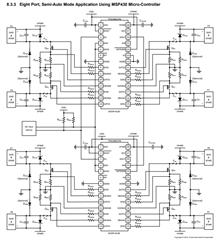Other Parts Discussed in Thread: TIDA-00465
I'm designing a network switch, that has four PoE enabled ports (to power four PoE-IP cameras). I'm using the TPS23861 as the PSE device to supply the necessary power. The supply power to the PSE would be 46V to 54V.
I tried following the design of the TIDA-00465 reference guide for the single port and then replicated it for four ports accordingly.
Can you please help review the designs and advise if anything should be connected otherwise.
Thank you for all the help.
Attachment : NetworkSwitch.pdf


